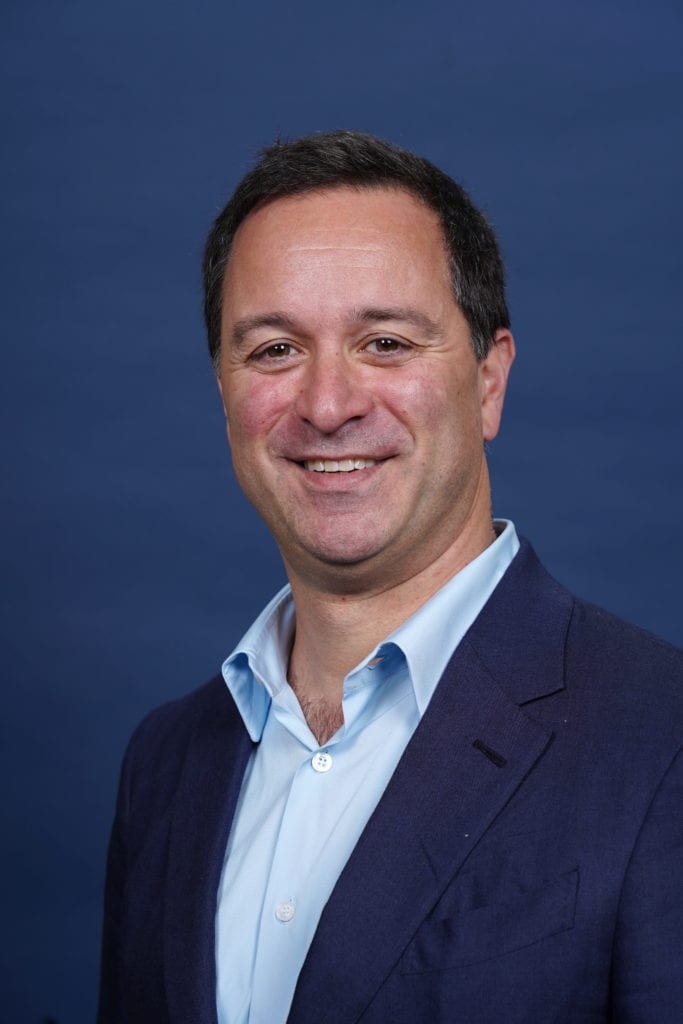
[Editor’s Note: In the wake of the pandemic, some PR pros are emphasizing communication and strategy in the post-COVID-19 world. Some, like M Group Strategic Communications, are launching practice units in this area. As part of our coronavirus interview series, we spoke with M Group CEO Jay Morakis about what communicators should be doing to now to reshape communications and strategy now and for the post-pandemic world. His edited responses are below.]
PRNEWS: How do you respond to the argument that it is too early to re-work communications for the new landscape?

CEO,
M Group Strategic Communications
Jay Morakis: Some of them may be right. Our approach is not about overhauling entire strategies. It’s about managing communications in the current version of the new landscape, positioning businesses to take leadership positions in the economy to come, and building communications strategies to leverage opportunities in the new marketplace.
With respect to your question, though, it depends on the business and the industry. Extensively reworking a plan for one scenario when the situation is fluid could be a mistake.
Preparedness planning is critical. Companies laying out strategic plans should be mocking up multiple communications strategies. Those who will thrive in the current and post-pandemic world will be nimble and able to pivot.
While for some companies, now may not be the time to extensively rework plans, we believe that for most, it is time to begin corporate positioning and thought leadership. Thought leadership can drive entire industries forward and have a direct correlation to business success. PRNEWS: What should a communicator who’s a PR army of one do to prepare for the new landscape?Morakis: First, prepare a tactically focused, day-to-day media relations program. The pandemic has impacted what were already sparse newsrooms, with many outlets reducing their core editorial staff and relying on a freelancer network.
In addition, with many editors/reporters now working remotely, simply calling a news desk will not guide practitioners to the right place. During these times, sole practitioners do not have the bandwidth to properly build targeted lists. Instead, take advantage of tools such as ANewsTip.com, Help A Reporter Out (HARO), ProfNet, Qwoted, etc.
PRNEWS: And second?
Morakis: The second item involves broaching business conversations with executives. Having a firm grasp on operational strategies and how they may be evolving will be critical to developing communications for emergence.
Speak to management and understand changes in the approach to sales and marketing, distribution networks and supply chain management. What caused these changes? Was it simply finding operational efficiencies, or was it more to do with changes in audience behavior?
Understanding the business to the core will set the foundation for strategic planning and forward-moving recommendations.PRNEWS: What questions should communicators ask to begin audience re-examination and rethinking?
Morakis: Changes in stakeholder values and priorities will continue to evolve over the next few years. Communicators need to ask:
- Have our key stakeholders shifted their priorities? If so, what is their new list in order of importance?
- How do our audiences feel about globalization? What is their view of it in a post-pandemic world?
- Do our audiences understand our mission, vision and values? Do we as managers?
- Has our workforce fundamentally changed its outlook, given prolonged teleworking?
- As a business, are we involved enough in social and political issues that can have an impact our business?
Messaging preceding the pandemic may no longer apply or resonate with key stakeholders. Even worse, they may now sound tone-deaf or hollow, given changes in priorities and behaviors. Before creating new messaging, we must ask:
- How do our offerings match audiences’ new priorities and behaviors?
- Is our vision aligned with our view on the new landscape?
- What value does our organization bring to our audiences in this new landscape?
The final element to reconsider is communication channels. The pandemic has not necessarily altered the way audiences consume news, but it has made certain demographics more open to...digital media. As stakeholder behaviors change, communicators need to find new channels to deliver messages. Questions to consider include:
- How do I connect with my audience now that in-person events are on hold?
- What new ways are audiences using established channels to communicate?
- What channels can we to sell to our audiences?
PRNEWS: How are businesses planning for what you call the new landscape?
Morakis: Stakeholders are shifting priorities and companies need to change as a result.
This will have a direct impact on business operations, and everything from manufacturing to sales and marketing to back office and supply chain will need to be managed through different lenses.
There will be questions as to which behavioral changes will become permanent...Will corporations reduce their physical footprints in favor of a remote workforce? Will consumers permanently change their attitudes on discretionary spending and/or significantly decrease international travel?
PRNEWS: Why did you launch M G Emergence, your post-pandemic unit, now? Why not wait until the economy begins to recover?
Morakis: With the rapidly changing new landscape we find ourselves in, we believe that now is absolutely the right time to engage...so that businesses can manage the present and position themselves for the future.
Our strategy development consists of a global team mining for and providing market intelligence, issue identification, trend analysis, perception audits and more, in real-time. This same team provides strategic counsel, strategy development and unparalleled execution on programming initiatives.
With the rapidly changing new landscape we find ourselves in, we believe that now is absolutely the right time to [launch] so that businesses can manage the present and position for the future.
CONTACT: [email protected]
